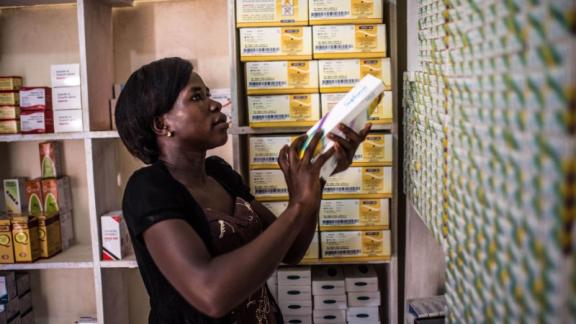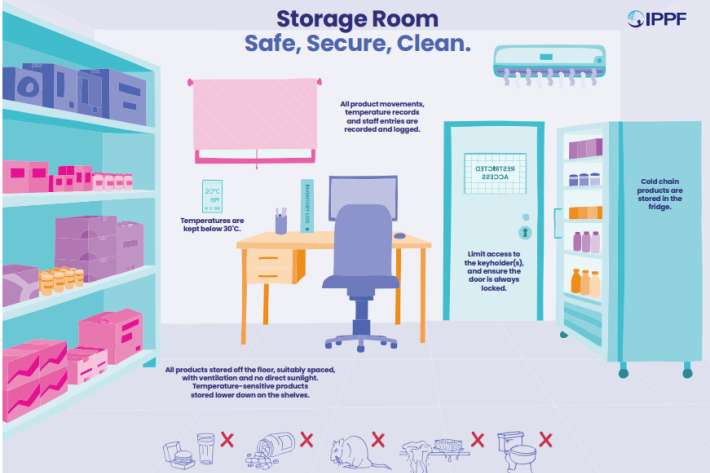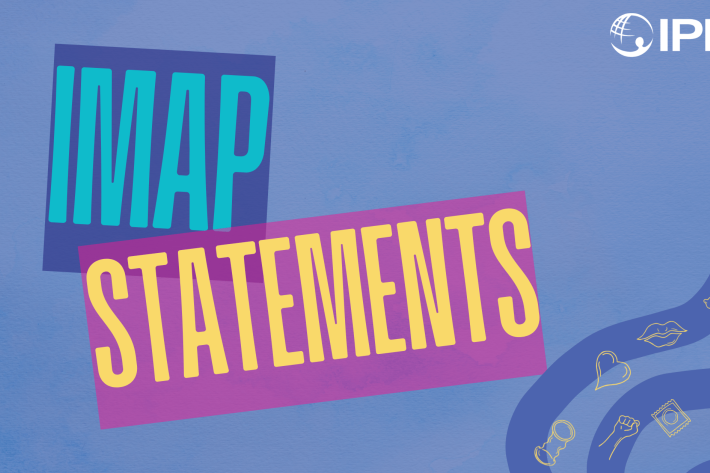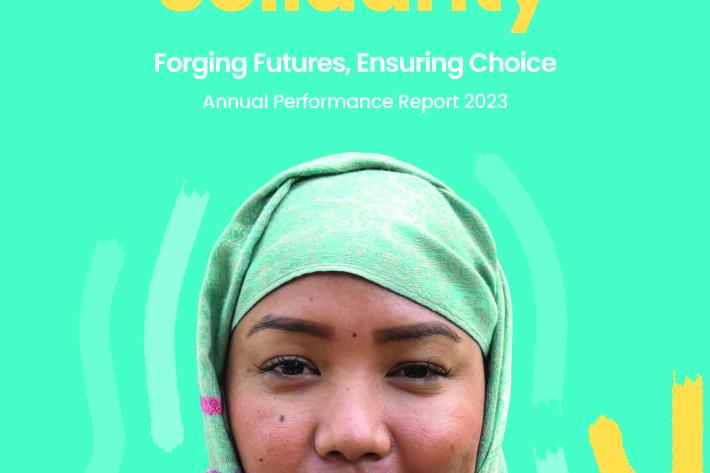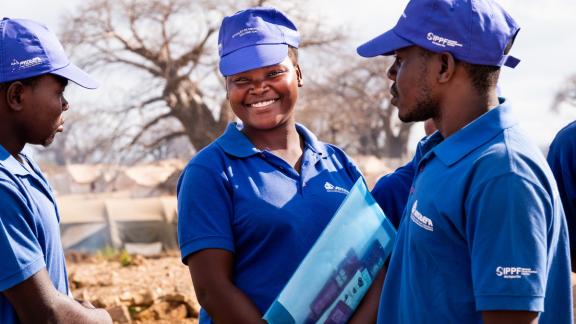Spotlight
A selection of resources from across the Federation
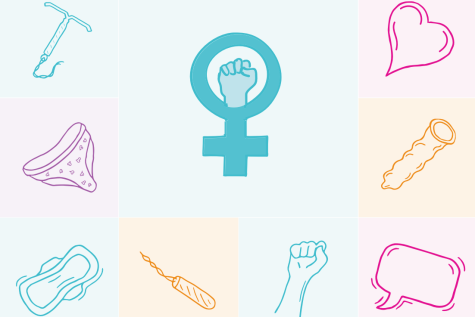
Technical Brief: Designing and Delivering Inclusive, Rights-Based Sexual and Reproductive Healthcare to Transgender and Gender Diverse People
This technical brief outlines key recommendations across several sexual and reproductive health service areas to promote access to inclusive care for transgender and gender diverse people.
Filter our resources by:
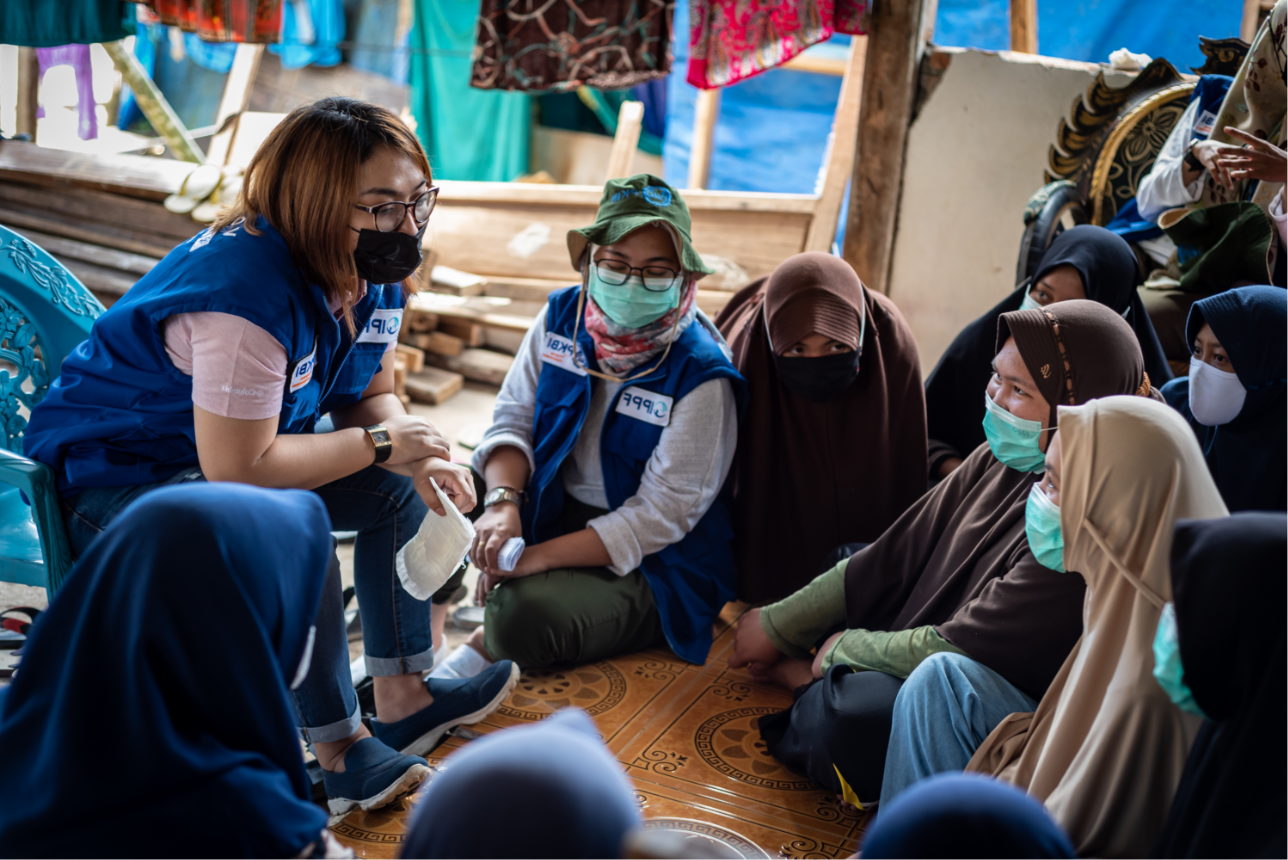
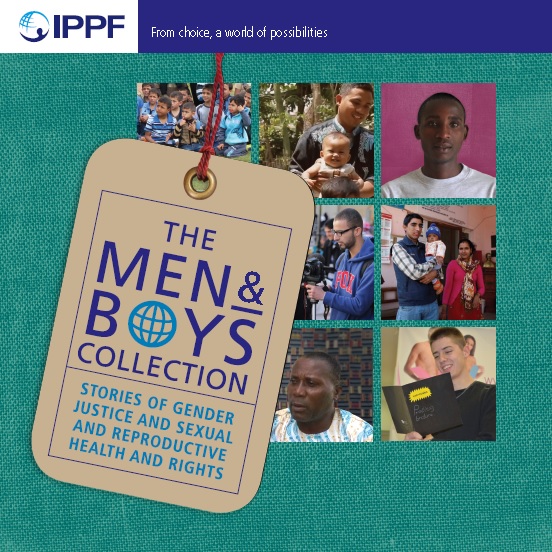
| 07 November 2014
The Men and Boys Collection: Stories of gender justice and sexual and reproductive health and rights
Men are husbands, partners, fathers, brothers and sons, and their lives are intertwined with that of women, children and other men. Across the world, rigid gender norms, and harmful perceptions of what it means to be a man have far reaching consequences on health and wellbeing. However, growing evidence shows that where men and boys are engaged in tackling gender inequality and promoting women’s choices, the resulting outcomes are positive and men and women are able to enjoy equitable, healthy and happy relationships. A new collection of case studies – The Men and Boys Collection: Stories of gender justice and sexual and reproductive health and rights – highlight some of the ways that IPPF Member Associations are supporting gender equality and the sexual and reproductive health needs of men and boys. From Bolivia to Indonesia and Palestine to Zambia – 12 personal stories from 12 countries across the globe provide personal accounts of the journeys that men and boys are making in their sexual and reproductive lives and as champions for gender justice.
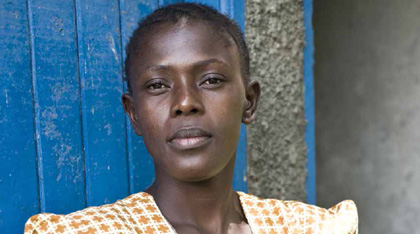
| 01 September 2014
HIV and Stigma: The Media Challenge
Despite the progress being made in the global response to HIV, stigma continues to be a major factor hindering HIV prevention, treatment, care and support, and affecting the overall health and wellbeing of people living with HIV. The media plays an important role in influencing people’s attitudes towards HIV, yet it is far from reaching its full potential. Many governments and funders prefer to focus on service delivery, which has measureable results, whereas it’s much harder to measure the impact of media initiatives that aim to bring about societal change. IPPF jointly with IBT (International Broadcasting Trust) has published this research report “HIV and Stigma: The Media Challenge”, which aims to provide an overview of media initiatives seeking the reduction of HIV-related stigma, while highlighting the case study of Swaziland.
| 13 August 2014
At a Glance 2013
Key facts and figures highlighting IPPF's achievements in 2013. IPPF provided 136.6m sexual and reproductive health services and averted 580,000 unsafe abortions.

| 06 August 2014
Youth and abortion guidelines
Youth and abortion: key strategies and promising practices for increasing young women’s access to abortion services promotes safe abortion access as part of a package of SRHR information and care inspires service providers, advocates and policy makers to eradicate barriers presents tried and tested techniques that can be adapted for a range of programmes explores public health and rights perspectives, to support abortion access encourages and describesa harm-reduction model for legally restrictive settings "There are a whole host of barriers – from cost, to cultural norms and stigma, to service provider attitudes – which prevent young women from accessing timely life-saving and life-enhancing abortion and post-abortion care." Legal abortion is a safe medical procedure, but where it is illegal it is often unsafe and results in high levels of complications and mortality. The right to abortion relates to many established human rights, but young women face specific obstacles to accessing safe abortion including: concerns about their capacity and ability to consent; additional stigma associated with being sexually active especially for unmarried women; restrictive laws, or restrictive interpretation of laws; and lack of youth-friendliness. Integrating with other youth programmes, working with staff to increase their commitment to improving access, focusing on confidentiality and autonomy, using the harm-reduction model and supporting peer outreach are some of the promising practices that improve access. Includes: a case study of a harm reduction approach to abortion in countries where it is illegal examples of work in China and Bangladesh a table of recommended actions with links to relevant resources broken down into: institutional policy and strengthening youth-friendly sexual and reproductive health service provision information, education and communication advocacy youth survey questions health professionals' interview guide guideline development process online resources for the rights argument key statistics and resources for health arguments

| 24 July 2014
“Stigma is still my most serious challenge”
This publication shares the experiences of people living with HIV. Men and women from Ethiopia, Mozambique and Swaziland talk about HIV-related stigma and describe their courage, inspirations, suffering, resilience and determination to trigger change. Their stories demonstrate how stigma and discrimination can hinder access to vital support and care and the prevention, testing and treatment of HIV. National and international organizations working on HIV-related issues have an immense responsibility towards people living with HIV, to change the unjust reality revealed by these personal stories into a better one. We must increase our efforts towards ensuring everyone enjoys a dignified, stigma-free life – one where every human being is valued and free of discrimination.
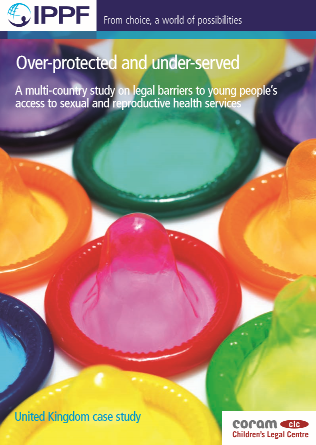
| 08 July 2014
UK: A study on legal barriers to young people’s access to sexual and reproductive health services
The key legal barrier to accessing services in the UK is the almost total prohibition on abortion in Northern Ireland and the need to travel to England and pay for abortion which disproportionately disadvantages young women. Lack of legally mandated comprehensive sexuality education, and lack of legal recognition of people who do not identify within the gender-binary norms or are intersex, also represent significant barriers to access. There are many permissive and facilitative laws and practices in the UK, which should ensure good access to SRH services, and are intended to be protective without hampering access to services, but access is compromised by other factors including: conflict between the stigma associated with younger aged sex (especially for girls) and media and peer cultures endorsing sexual activity bad delivery of sex education by teachers who are uncomfortable with the subject, which reinforces taboos concerns about the confidentiality of services in spite of legal obligations on service providers – especially in schools which often operate their own rules on reporting sexually active teens, and in small rural communities where service providers and pharmacists may know the young person’s family quality of service for LGBT youth may be poorer because of lack of knowledge or understanding of same-sex sexuality or non-binary gender identities most young people and service providers don’t see the law as an obstacle to services though beliefs about the age of consent does prevent some young people seeking SRH services the legal right of schools to refuse to teach CSE and of individual parents to withdraw children from classes reinforces the idea that informing young people about sex is corrupting and that young people have no independent rights regarding information and access to health services where CSE does exist it often focuses solely on the biological and inadequately addresses the law and young people’s rights within it young people report being reliant on information from the internet which includes poor sources of information and porn robust laws against sexual violence are undermined by victim-blaming and the low rate of rape prosecutions and convictions, which prevents people coming forward to report rape access to antenatal care is good and not perceived to be limited by legal issues Northern Ireland has different laws and practices to other parts of Britain and these are less permissive, more restrictive and more likely to present barriers to access. These reflect a more conservative culture which negatively impacts access even where it is not restricted by law. girls are more likely to conceal their or delay accessing services as all pregnancy options are stigmatised - young motherhood, adoption and abortion cultural and religious norms in Northern Ireland promote abstinence before marriage and reinforce stigma around youth sexuality which hampers discussion between young people and their parents the law in NI doesn’t require teaching of LGBT issues having to travel to specialist services represents a high cost, presents difficulties maintaining privacy and acting independently from parents and is a significant barrier for youth in rural areas especially in Northern Ireland which is underserved

| 30 June 2014
Annual Performance Report 2013-14
2013 was our second year implementing IPPF’s three Change Goals – Unite, Deliver and Perform. We have monitored the trajectory of our growth in performance to date, and are already seeing remarkable success in all three areas, as presented in our Annual Performance Report 2013-2014. Member Associations in 66 countries contributed to 97 changes in policy or legislation that support or defend sexual and reproductive health and rights. At the regional and global levels, IPPF’s advocacy contributed to 13 changes, of which ten were advances in safeguarding sexual and reproductive health and rights in the post-2015 development framework. With the delivery of 136.6 million services in 2013, we are on track to achieve our ambitious target of doubling the number of sexual and reproductive health services provided between 2010 and 2015. Eight in ten clients who accessed services were poor and vulnerable, and for the first time ever, almost half of our services went to young people. IPPF’s achievements in 2013 contribute to a strong performance culture where decisions are based on data, organizational learning happens at all levels, technical support is provided to increase effectiveness, and investments are made to support communities most in need.

| 10 March 2014
Vision 2020 Landmark Report
This report – the first in our Vision 2020 series – focuses on why sexual and reproductive health and rights should be at the core of sustainable development from the outset. Without them, the lives of women and girls will be compromised, as will people’s ability to lift themselves out of poverty and to live sustainably within their resources. Our focus for this first report is goal 1 of Vision 2020 which calls on governments to ensure that by 2015 a new international framework includes sexual and reproductive health and rights as essential priorities.
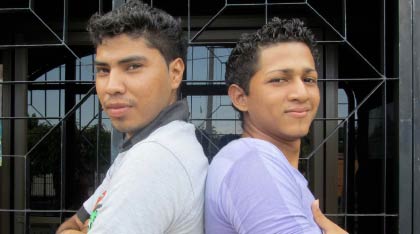
| 08 October 2013
Love, sex and young people: how to be a youth-centred organization
Watch the accompanying video report by the young people involved! Love, sexual rights and young people: learning from our peer educators how to be a youth-centred organisation celebrates the involvement of young people in planning, implementing and evaluating activities describes a participatory assessment methodology used in a multi-country project assesses the achievements of the A+ programme advocates for innovative strategies for all, including marginalised groups recommends using a gender-equity lens in all aspects of activity delivery Young people in these case-studies highlighted how marginalisation and exclusion affect young people’s sexual and reproductive health and rights. Peer educators identified groups of people who are particularly vulnerable, such as those living in rural areas and urban slums, and those involved in drugs, sex work and hard labour. The participants suggested new approaches combining income generation, education, access to services along with confidence building, and improving communication between girls, boys and adults in communities. A comprehensive report on a multi-country project: providing youth-friendly sexual and reproductive health services and comprehensive sexuality education; and advocating for the creation of safe spaces for young people. A youth centred approach to thinking, planning, management, programming and change is a way of working which promotes organisational development; and ways of working that are holistic, integrated, and not based on an issue or a target group. Many of the member associations involved young people in all aspects of the programme. In all settings young people worked alongside the programme staff to evaluate the impact of the project and to learn the best way in which to involve young people at all levels of youth programming. Work on sexual and reproductive rights is transformational, both psychologically and emotionally, when services expand beyond clinical treatment of illness alone. Sexual and reproductive health services can provide space where young people feel included, listened to, and able to express their concerns about relationships and sexual choices. Organisational issues are addressed including sustainability, communication, accountability, efficiency, effectiveness, financial issues and equity. Includes: a case study of an A+ project in Benin: ‘Rights and realities: strengthening adolescent sexual and reproductive health and rights in Benin’ a case study of an A+ project in Kenya: ‘No shame in reality: young people open up about sex, health and relationships in Oyugis, Kenya’ a case study of an A+ project in Nepal: ‘Hesitating at the door: differences in perceptions between genders and generations on sexual and reproductive health and rights in Kaski, Nepal' a case study of an A+ project in Nicaragua: ‘The better option: young people’s participation in sexual rights and services in Nicaragua’ a list of indicators to measure organisational commitment to youth programming a list of how things would be for young people in an ideal world a chart comparing the characteristics of an organisation beginning its journey towards being youth-centred and an organisation that is youth-centred
| 10 September 2013
At a Glance 2012
Key facts and figures highlighting IPPF's achievements in 2012. IPPF provided 112.7m sexual and reproductive health services and averted 550,000 unsafe abortions.
Pagination
- First page
- Previous page
- …
- 29
- 30
- 31
- 32
- 33
- …
- Next page
- Last page







